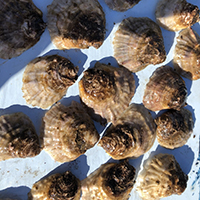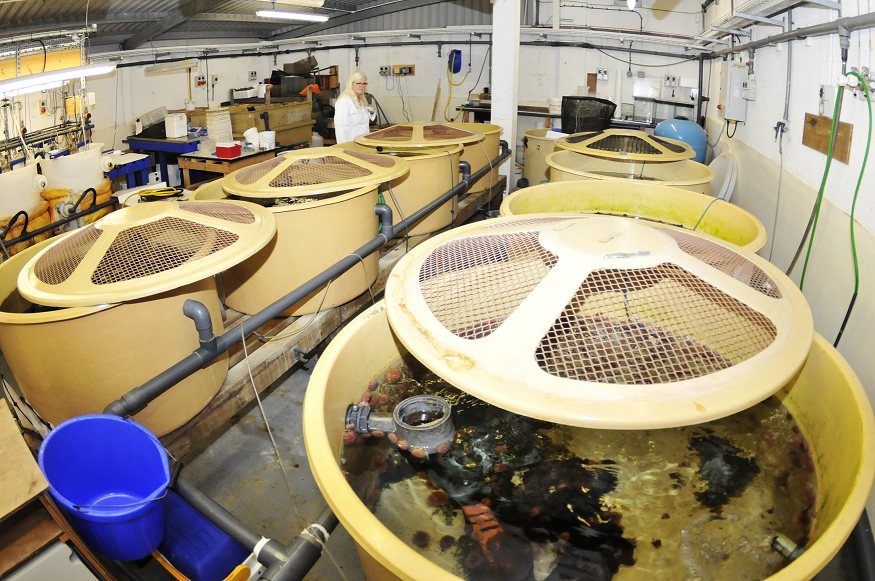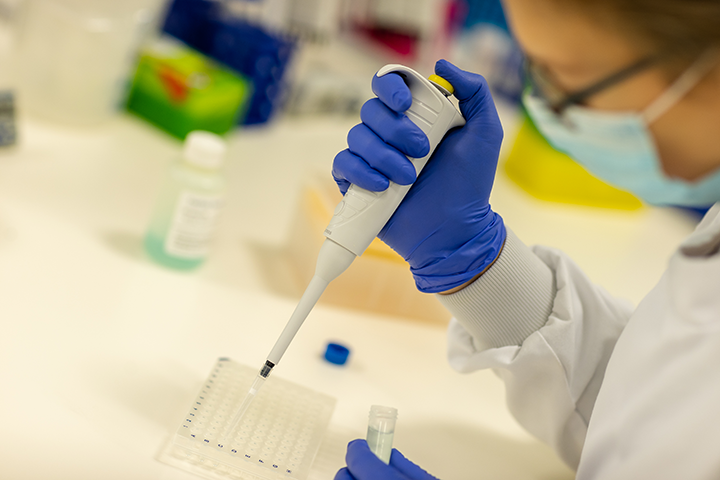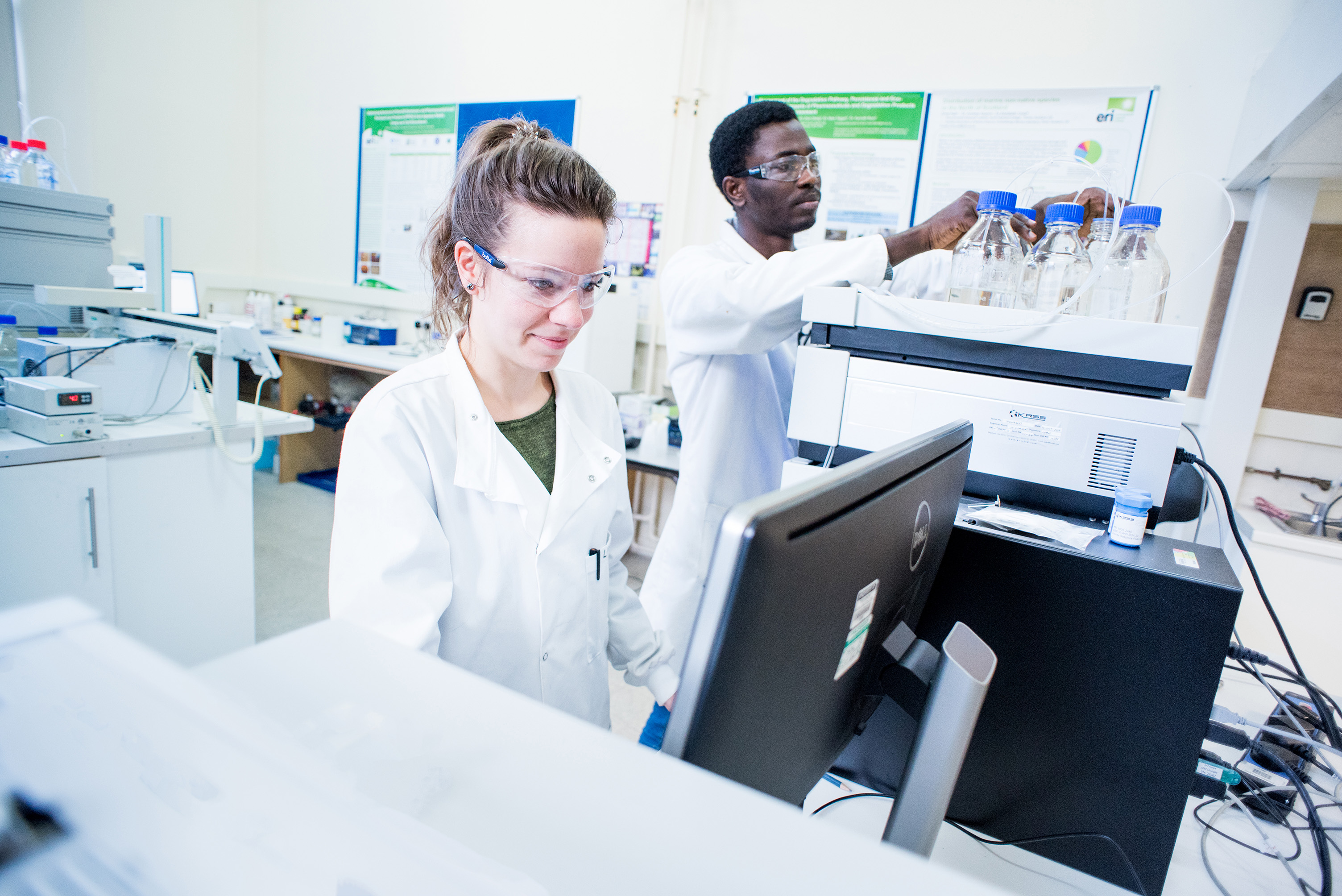Neuroshell

Improving the hatchery production of European native flat oysters
With a growing aquaculture sector and an increasing number of oyster bed restoration projects there is an increasing demand for juvenile European flat oysters (Ostrea edulis).
However, production of native oyster juveniles is difficult and more challenging compared to other oyster species.
Production challenges include:
- Synchronising the breeding season and spawning patterns.
- Ability to predict spawning.
- Preparing the stock for breeding (also known as conditioning).
- Larval development.
With these difficulties, producers of juvenile native oysters can find it difficult to keep up with the increasing demands for their oyster seed.
Research: Hormones and the regulation of these hormones in oysters
To help resolve these issues there is a need to understand better how an oyster's physiology works.
Specifically, there is need to understand how internal biological systems are controlled through rhythms of various hormones and how these rhythms are tuned to the external environment.
Research was carried out at two very important life stages in the oysters:
- the reproduction and spawning of adults and
- the early development and metamorphosis of oyster larvae.
By monitoring the effects of light and temperature rhythms we learned much more about how oysters decode these environmental cues into their internal systems.
Key Results
We now know more about:
- Genes and tissues associated in oyster reproductive systems.
- Methods to optimise oyster reproduction and larval survival by using temperature and light regimes.
We have developed new molecular assays (qPCR) to monitor:
- Reproduction in adult oysters and metamorphosis in larval oysters (neurohormones, neurotransmitter receptors, glycoproteins).
- Internal biological rhythms in oysters (molecular clock systems, melatonin systems).
How can this research help me?
Native oyster hatcheries and breeders
- Improved broodstock management.
- Improved larval rearing success rates.
Native oyster restoration
- Increased reliability of seed supplies.
Rock oyster producers and breeders
- Whilst this research was undertaken on native oysters, there is applicability to other species such as rock oysters (Pacific, Crassostrea gigas).
Facilities Used
This research was undertaken at UHI partner Scottish Association for Marine Science and included use of:

Alan Ansell Research Aquarium
- Photoperiod control
- Temperature control
- Broodstock conditioning
- Larval rearing
- Algal production

Analytical Laboratories
- Biochemistry (neurohormones, neurotransmitter receptors)
Want to learn more?
Take a deeper dive into this work
Download Associated Research Publications: Neuroshell EU Factsheet and Results in Brief
Contact lead scientist: Mairi Cowan
Contact UHI Aquaculture Hub: If you would like to know more research or other projects that could help you improve your aquaculture business contact: aquaculture@uhi.ac.uk
Neuroshell was funded through the European Union’s Horizon 2020 research and innovation programme under the Marie Sklodowska-Curie grant agreement No 839391
